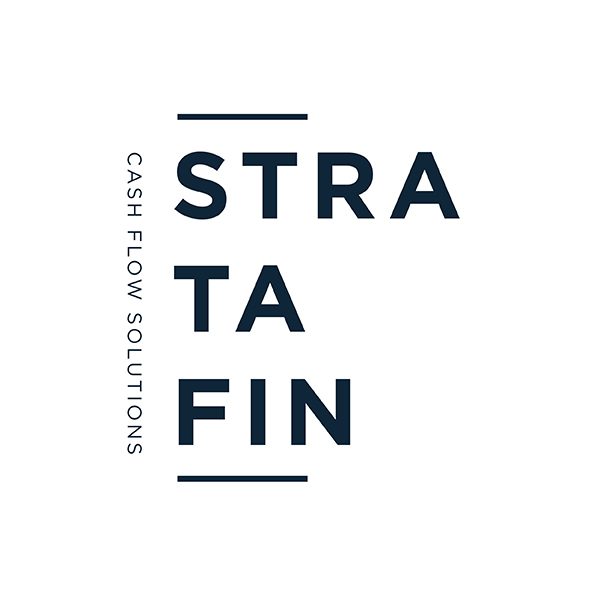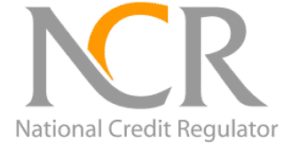What is a levy?
A levy is an amount determined by the Trustees of a Body Corporate payable by each owner/member of the scheme in proportion to the size of their unit, which amount is determined for the year going forward. Each owner/member is liable to contribute towards the running costs of the Body Corporate as they are part of the scheme. The contributions of each owner/member, determined as a yearly amount but payable in monthly instalments, are used to cover the running costs of the Body Corporate.
Liability for Contributions and Legislation Regulating Contributions.
The liability for levies as well as the levy collection process has always been regulated by the Sectional Titles Act, Act 95 of 1986 (“STA”), but has since been mostly repealed by the Sectional Titles Schemes Management Act, Act 8 of 2011 (“STSMA”).
The STA is still applicable to the conveyancing aspects of sectional title ownership, however, the aspects such as liability to contribute towards levies in a sectional titles scheme as well as the legal process in collection arrear levies are now regulated by the Sectional Titles Schemes Management Act.
In terms of the STSMA more specifically Section 3(1)(c) , an owner/member of a Body Corporate is liable to contribute, in proportion towards the levies, as approved by the Trustees of the Body Corporate, as well as any additional contributions as approved by the Trustees. If and when a member falls into arrears or refuses to make payment of their monthly levies, that is where the legal process is initiated.
Legal Process Involved in Collection Arrear Levies
The legal process involved in collection arrear levies to some may seem like a complicated process, however, it is not as complicated as one may think when you have an experienced attorney in the employ of the Body Corporate.
The legal process involved is summarily as follows:
The (registered) Letter of Demand:
The letter of demand is sent in terms of Section 56 of the Magistrates’ Court Act, 32 of 1944 (hereinafter referred to as “the Act”), to the debtor(s). Although this is not a compulsory requirement, it is always advised as it is in the Plaintiff’s best interests, as it initiates the legal process informally but also allows the Plaintiff (the Body Corporate) to claim interest on the outstanding debt at a rate of 10.5% per annum from date of the demand as well as all incurred legal fees.
The Letter of Demand must briefly inform the debtor who the letter is from and what the nature of the claim is as well as the exact amount claimed. The Debtor is then allowed, as per the STSMA a period of 14 days in which he or she can respond to either make full payment of the claimed amount, alternatively the debtor is usually given the opportunity to enter into a payment arrangement.
The Letter of Demand may be sent either by registered mail, served by the Sheriff of the Court or delivered by hand, alternatively also sent via email. It is of utmost importance that an acceptance of receipt of the Letter of Demand is received.
Summons
Should the debtor not respond in the time period afforded, as per the letter of demand, the legal process is formally instituted by means of issuing a summons on behalf of the Body Corporate against the debtor(s) (the owner(s) of the unit in the scheme)). The summons is issued out of the Magistrate’s Court in the area of jurisdiction in which the unit or sectional scheme is situated.
Once the summons is issued it is delivered to the sheriff of the court who serves the summons on the specific unit in the scheme, which unit also serves as the domicilium citandi et executandi (the place of summons and execution) in terms of Rule 4(a) to the STSMA. Once the sheriff has served the summons, either personally on the debtor(s) or by means of affixing it to the domicilium, the debtor(s) have a period of 10 business days to defend the action. Should the debtor(s) not defend the summons within the 10 day period, default judgment is normally applied for any time from the 11th day on confirmation of instructions from the Body Corporate.
Application for Default Judgment
In the event that the debtor(s) does not defend the summons within the stipulated time period, may the Plaintiff proceed to apply to the relevant court for a Default Judgment. Once the Clerk or Registrar of the court is in receipt of such an application, the court file is sent to the Magistrate to consider the request for Default Judgment.
Should the Magistrate then be satisfied with the content of the Summons and Particulars of Claim and that proper service of the documents were made on the Defendant, and in the obvious absence of the Defendant’s Notice of Intention to Defend, the Magistrate will proceed to grant the Default Judgment.
Judgment
Once the judgment has been granted judgment may not come under the attention of the debtor immediately, as quite often the debtor does not reside in the unit which is in arrears, but as the judgment is valid for 30 years it allows the Plaintiff to explore different methods of collection and further vastly impacts the creditworthiness of the debtor. The methods of collection once the Plaintiff is in possession of a granted judgment is such as:
Warrant of Execution
Once judgment is obtained the Plaintiff will proceed to issue a warrant of execution against the movable property of the debtor(s). The sheriff, after receiving the warrant, is instructed execute the warrant at the Defendant’s residential address. Should the Defendant not reside at the said address (unit in the scheme) the Sheriff is not able to attach the property of a tenant. It is at this point where a tracing agent is employed to establish the current residential address of the debtor, should they reside at an address other than their unit in the sectional scheme.
With the Sheriff’s first visit, the Sheriff will demand payment of the judgment amount and if the debtor is unable to make payment, the sheriff will request that the debtor point out all the possible movable assets which may satisfy the judgment amount. The Debtor will normally contact the Plaintiff’s attorney after the Sheriff has written up all movable assets and then make a repayment arrangement. Should the attorney not receive such a call the sheriff is then instructed to remove all the attached movable assets which will then be sold at a Sale in Execution.
In the event that the movable assets of the Debtor is not enough to satisfy the judgment debt, one can approach the court to have any immovable property deemed exceptionable.
Section 66 Application
After the sheriff has sold the debtor(s) movable property which was insufficient to cover the outstanding amount due, an application in terms of Section 66 of the Act is brought against the debtor(s) movable property, whereby the court is requested to declare the debtor(s) unit in the scheme as executable after which it may be sold at auction to cover the arrear levies owing. This is normally a last resort measure as the debtor(s) usually make arrangements to settle the arrear levies owing.
Conclusion
As mentioned above an owner of a unit, otherwise referred to as a member in a scheme, is liable to make monthly payment of levies in proportion to their unit’s participation quota (PQ) in the sectional title scheme as determined by the Trustees for the financial year going forward. It is a reality that owners/members often do not make payment of their levies for numerous reasons and it may often become an intensive exercise in recovering same. However, when the Body Corporate employs the services of a skilled attorneys firm such as Schüler Heerschop Pienaar Attorneys, the experienced attorneys make the legal levy collection process as simple as possible and attempt to recover the arrear levies as quickly as possible.
** This newsflash has been prepared for information purposes only and does not constitute legal advice, or a legal opinion, the practical application of the provisions of this newsflash will vary depending on the facts of each case.
The blog post was written by Schüler Heerschop Pienaar Attorneys
If you are having trouble with arrear levies in your Community scheme, then register for our legal collections webinar on Thursday the 17th of April at 11am to find out practical solution to collect arrear levies in your scheme.







![Case discussion on SS Glen High v Kruger NO ((2023/055133) [2024] ZAGPJHC 1059 (10 September 2024)](https://b2659803.smushcdn.com/2659803/wp-content/uploads/2024/10/OIP-300x200.jpeg?lossy=1&strip=1&webp=1)




